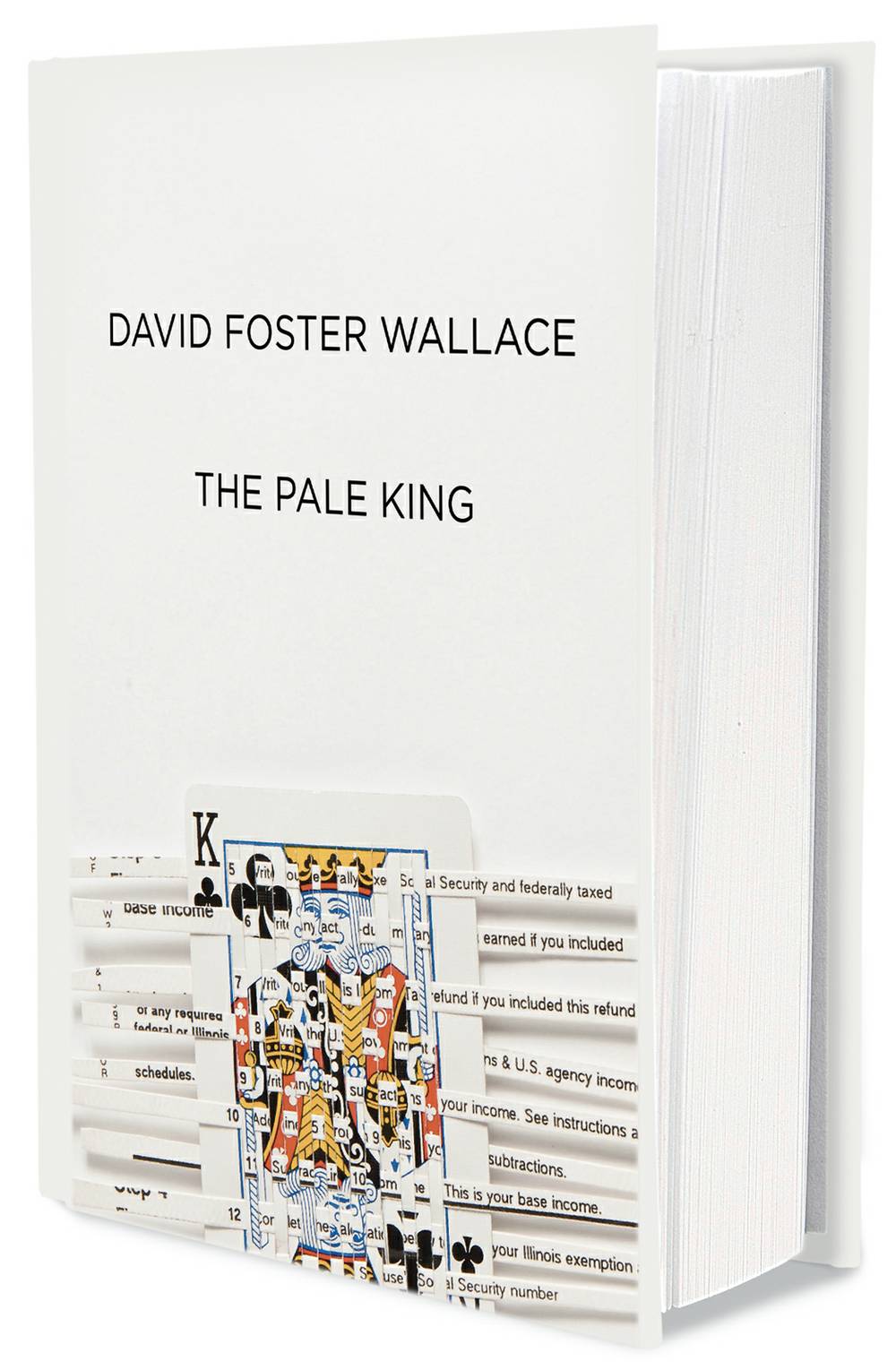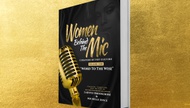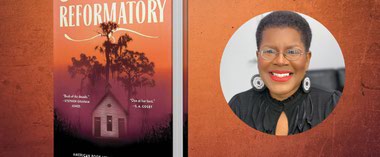Two things about David Foster Wallace: Thomas Pynchon is often evoked when his name comes up, and even ardent admirers admit he’s frustrating to read at times.
That’s been alleged of Pynchon, too. Plenty have plowed through Gravity’s Rainbow clueless about much of it. And so with Wallace’s Infinite Jest, the expansive 1996 novel for which he is most celebrated. Wallace at his best delivers narrative in fine-grain scale, tracing the mental and emotional pulses of characters through neatly drawn scenes, and he’s at his best in much of Infinite Jest. But as Samuel Johnson observed of Paradise Lost, “None ever wished it longer than it is.”
The Details
- The Pale King
- By David Foster Wallace, $28.

The Pale King, his posthumous, unfinished novel, is a thematic prequel. Whereas in Infinite Jest Wallace imagines how digitalizing life unfolds, for The Pale King he circles back to the 1980s to scan analog society scratching at its chrysalis. An IRS processing center is his laboratory. “Wallace seems to have posed, to himself and to his readership, a sadomasochistic challenge: a novel devoted to the world’s least-appealing-possible subject,” Sam Anderson wrote recently in The New York Times.
The Pale King is, as Anderson noted, about boredom, a catalog of accounts of accountants. It’s also about memory, though, its tricks and its failures, as one narrator, a 1970s “wastoid” turned 1980s CPA, makes clear. Perceiving the double edge of the announcement, “You’re watching As the World Turns,” prompts him to attend his poli-sci exam review. But he mistakenly seats himself in an accounting class, whose instructor waxes lofty: “Enduring tedium over time in a confined space is what real courage is.” So begins one path to the IRS center outside Peoria, whose intrepid file-combers, in the spirit of the Reagan era, go for the big score.
Editor Michael Pietsch pieced the novel together from 12 finished chapters and hundreds of other pages, but it’s hard to tell at times whether its inchoate moments are inevitably unrefined or merely maddening. Wallace challenges the reader to suffer dullness, too. But his Pynchonian facility with prose and his keen scrutiny of human folly reward the reader’s patience. Mostly.
Wallace stopped taking his anti-depression medication and committed suicide in 2008. Whether The Pale King stymied him or suicide stunted the book matters little. The Pale King completed might not have matched Infinite Jest, but its encounters with boredom prefigure the world of the later novel, and ours.







Previous Discussion: